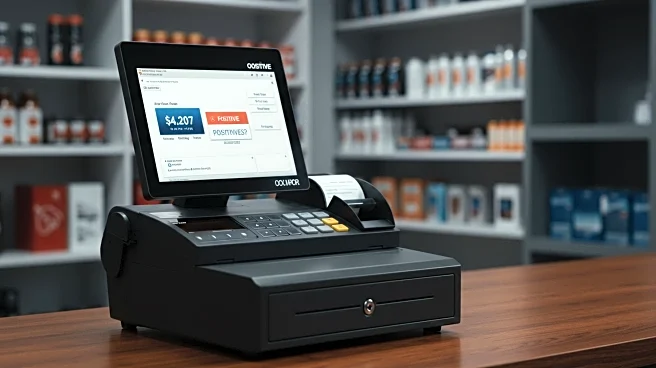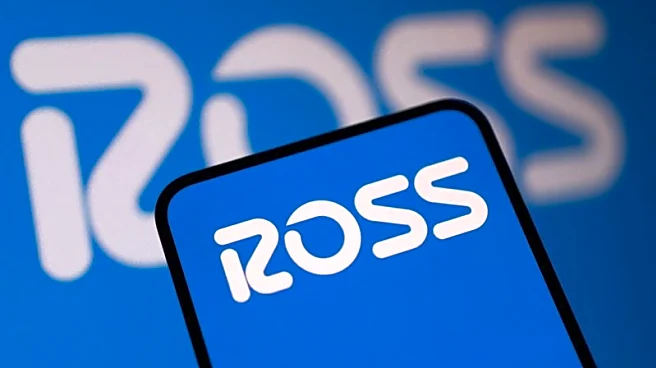What's Happening?
Recent data from e-commerce platform Klaviyo indicates a significant increase in online prices for back-to-school items, with a nearly 10% rise in July compared to the previous year. Apparel and accessories have experienced the sharpest price hikes, attributed to tariff uncertainties. Despite a dip in the first quarter, average selling prices have consistently risen since April. Brands with lower average order volumes (AOV) of $70 have seen a 7% increase in order sizes and average selling prices, while mid-tier brands with a $140 AOV experienced a 4% growth. High-end brands with a $370 AOV saw minimal price increases of 1%. The report also highlights a decrease in discount rates, as brands front-loaded promotions earlier in the year to manage potential tariff-related cost increases. This trend suggests a leaner discount environment as the year progresses.
Why It's Important?
The increase in back-to-school item prices and reduction in discounts could have significant implications for consumers, particularly families who rely on budget-friendly options during this season. The shift in pricing strategies may affect consumer spending habits, potentially leading to decreased sales for brands that do not adapt to the changing market conditions. Retailers may need to reconsider their promotional strategies to maintain customer loyalty and engagement. The data also suggests a growing reliance on repeat customers, who now account for 60% of orders, indicating that brands may focus more on retaining existing customers rather than acquiring new ones.
What's Next?
As the holiday season approaches, retailers may continue to adjust their pricing and promotional strategies in response to economic pressures and consumer behavior. The trend of reduced discounts could extend into major shopping events like Black Friday and Cyber Monday, impacting overall sales performance. Brands might explore alternative methods to attract and retain customers, such as enhancing digital engagement through email and SMS marketing, which has shown a 21% increase in revenue from repeat buyers.
Beyond the Headlines
The current retail environment highlights the challenges brands face in balancing cost management with customer satisfaction. The reliance on repeat customers underscores the importance of building strong brand loyalty, which could lead to long-term shifts in marketing strategies. Additionally, the impact of tariff uncertainties on pricing may prompt discussions on trade policies and their effects on consumer goods.












